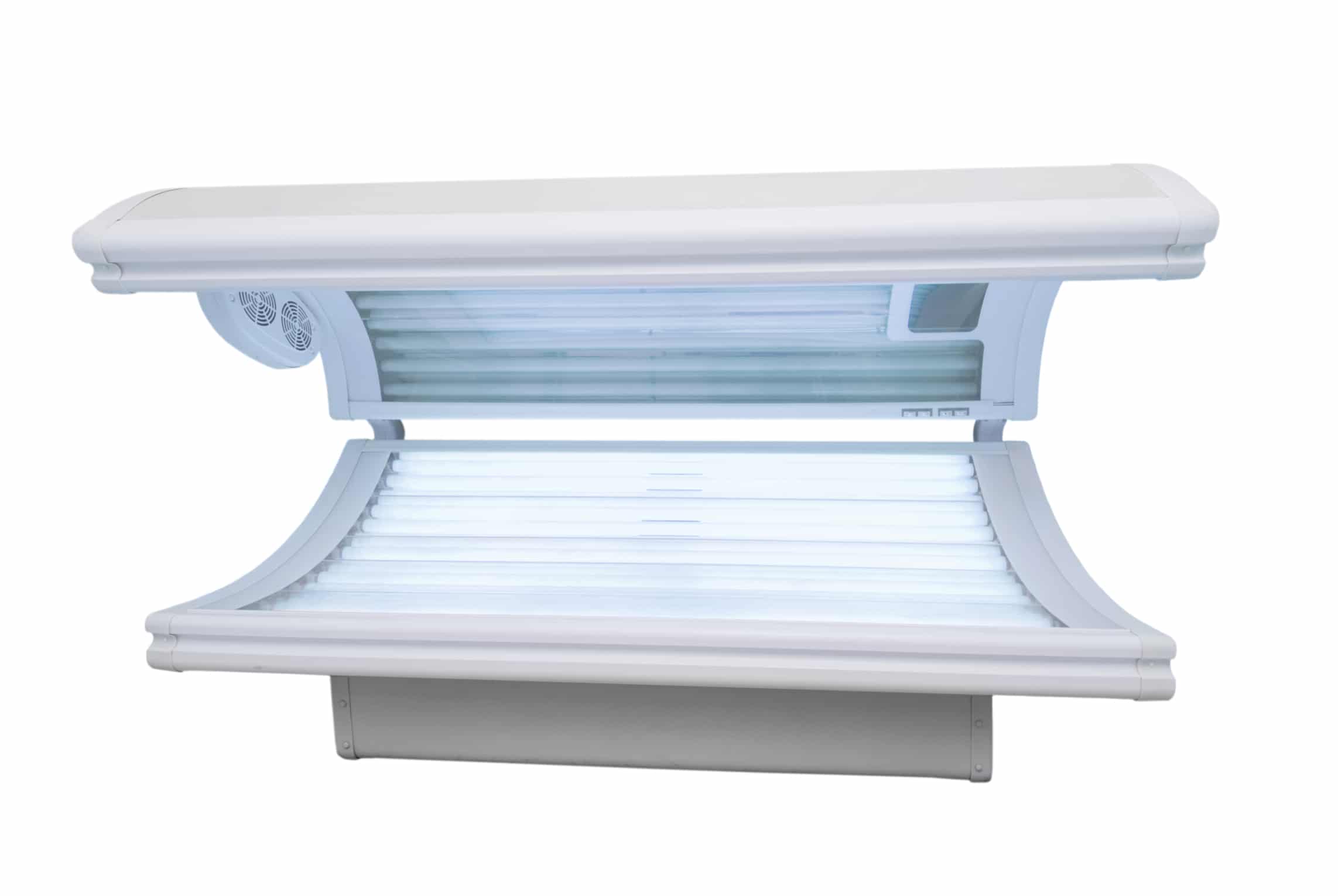The Ontario Skin Cancer Prevention Act (Tanning Beds)
Ultraviolet radiation (UVR) is the most important risk factor for developing skin cancer. The 3 types of UVR are UVA, UVB and UVC. The main source of UVR in the environment is the sun. Most cases of melanoma skin cancer are caused by intermittent exposure and exposure early in life to the sun’s UVR. UVB is the UVR most strongly associated with developing melanoma (Canadian Cancer Society, 2014).
Indoor tanning equipment, such as tanning beds and sun lamps, is also a source of UVR. A tan is evidence of skin damage from exposure to UVR. Just like the sun, indoor tanning equipment gives off UVR that can cause melanoma, squamous cell carcinoma, sunburns, premature aging and cataracts (Canadian Cancer Society, 2014).
It is estimated that in 2013:
- 6,000 Canadians will be diagnosed with melanoma.
- 1,050 Canadians will die from melanoma.
- 3,300 men will be diagnosed with melanoma and 640 will die from it.
- 2,700 women will be diagnosed with melanoma and 390 will die from it.
(Canadian Cancer Society, 2014)
Effective May 1, youth under 18 will no longer be allowed to use tanning beds in Ontario (MOHLTC, 2014). The new legislation protects young people, who are especially vulnerable to the harmful effects of ultraviolet radiation (UVR) (MOHLTC, 2014).
The Act requires tanning bed operators to:
- Post signs in their business about this restriction and that warn of the dangers associated with tanning bed use.
- Signs can be seen and downloaded at www.ontario.ca/UVRsmart
- Ask for proof of age identification for individuals who appear to be less than 25 years old.
- Prohibit the promotion of tanning services to youth via advertising and marketing.
- Instruct clients on the requirement and proper use of protective eyewear, and provide eyewear for use or sale.
- Notify the medical officer of health at their local public health unit of the business name, address and telephone number of the establishment where tanning services or ultraviolet light treatments will be sold.
Local Public Health Units will be responsible for conducting complaints based inspections using a progressive enforcement approach. Enforcement action will be assessed based on the frequency, severity and level of non-compliance and the likelihood of continued non-compliance.

